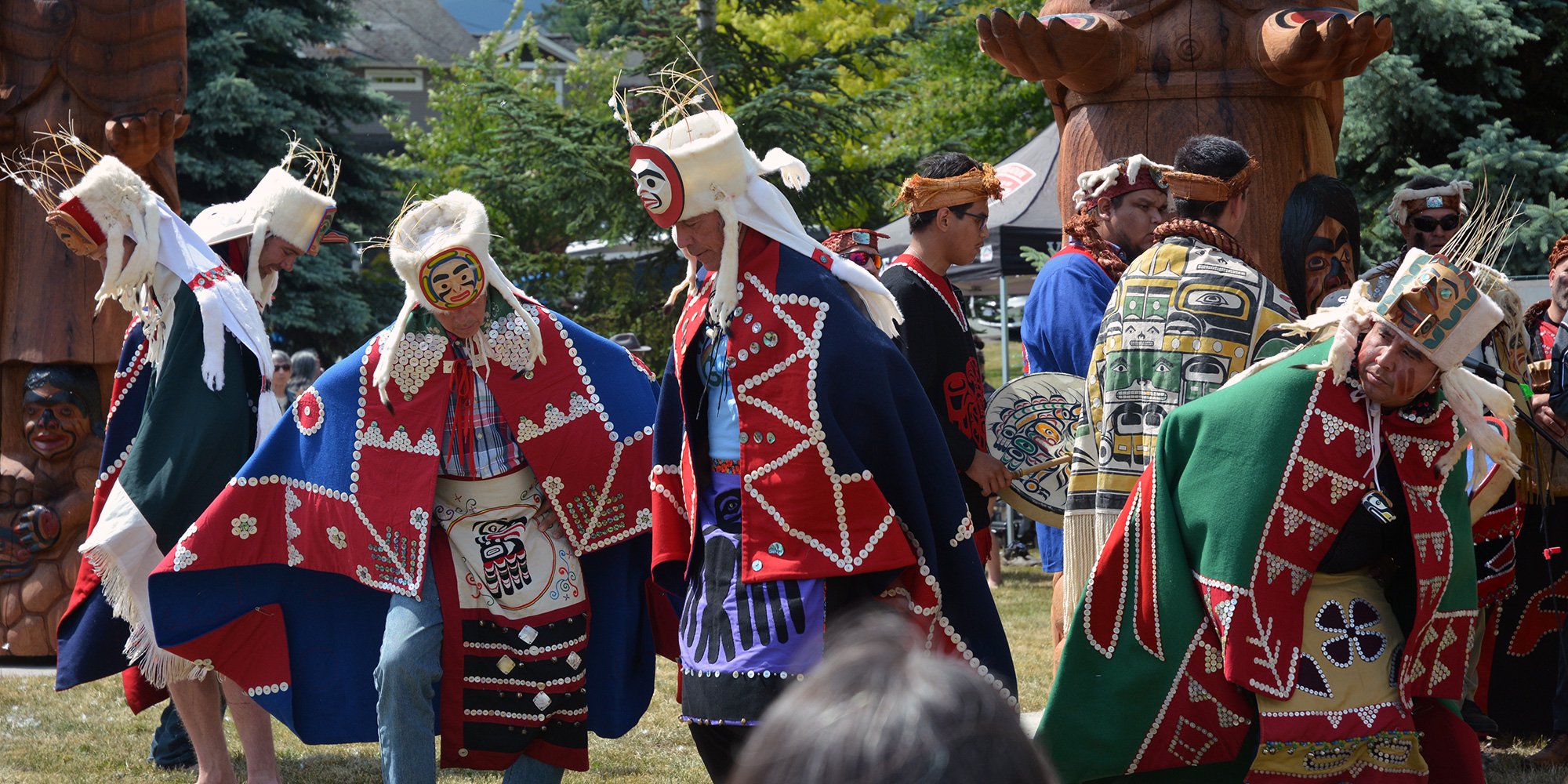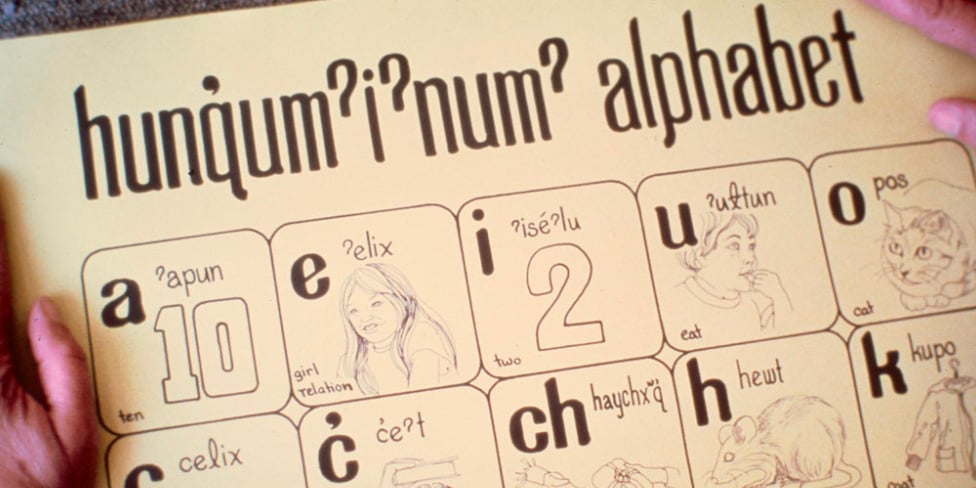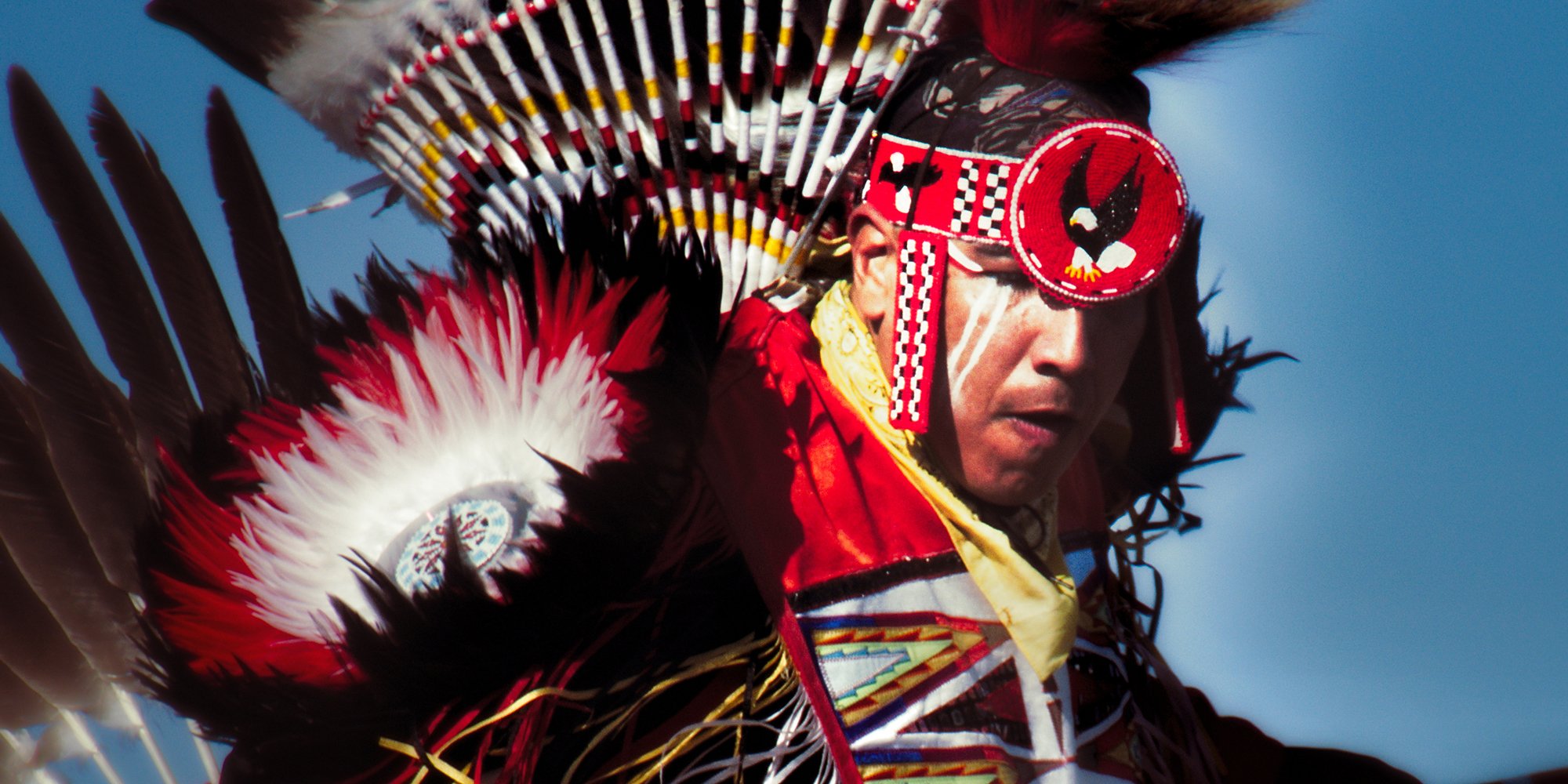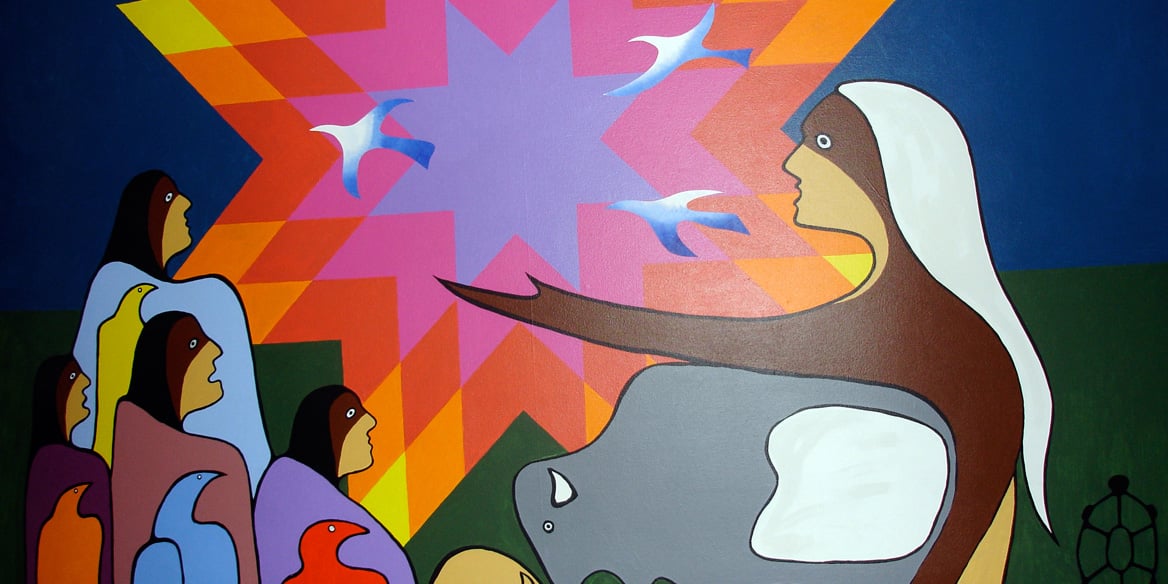Why Is It Important to Protect & Revitalize Indigenous Languages?
Of the most spoken languages in the world, English is third after Mandarin Chinese and Spanish. But English is the most commonly spoken second...

Indigenous Peoples around the world are increasingly concerned about protecting their Indigenous knowledge (IK) and traditional cultural expressions (TCEs) from exploitation and preserving it for future generations. In mine and many cases, Indigenous cultural legacies are often governed by ancient and complex cultural protocols. Laws to effectively protect cultural legacies require an innovative, expansive, respectful, and sensitive approach that addresses the wide variety of protocols, tangible and intangible cultural expressions, and intellectual property.
 Note on terminology: the federal government is changing its terminology from “traditional knowledge (TK)” to “Indigenous knowledge (IK)”. We are updating our articles to reflect the changes at the federal level. The United Nations Declaration on the Rights of Indigenous Peoples has not made that change.
Note on terminology: the federal government is changing its terminology from “traditional knowledge (TK)” to “Indigenous knowledge (IK)”. We are updating our articles to reflect the changes at the federal level. The United Nations Declaration on the Rights of Indigenous Peoples has not made that change.
Protection of Indigenous knowledge and cultural expressions is included in the UN Declaration on the Rights of Indigenous Peoples Article 31:
- Indigenous peoples have the right to maintain, control, protect and develop their cultural heritage, traditional knowledge and traditional cultural expressions, as well as the manifestations of their sciences, technologies and cultures, including human and genetic resources, seeds, medicines, knowledge of the properties of fauna and flora, oral traditions, literatures, designs, sports and traditional games and visual and performing arts. They also have the right to maintain, control, protect and develop their intellectual property over such cultural heritage, traditional knowledge, and traditional cultural expressions.
- In conjunction with Indigenous peoples, States shall take effective measures to recognize and protect the exercise of these rights.
Colonization and assimilation policies in Canada attempted to break the connection between Indigenous Peoples and their culture. Those policies included removing 150,000 children from their families, culture, language and placing them in residential schools, outlawing cultural practices such as the potlatch and sundance, and relocating communities from their traditional lands and territories to reserves. As a result of those policies, the continuity of culture in a great many Indigenous communities was severely impacted.
To a culture that has struggled to maintain its customs, traditions, languages, and knowledge from the force of colonization and assimilation there is sometimes an urgency to record or create a tangible record of oral histories, songs, dances, and traditional knowledge before the knowledge keepers have passed away. However, the very act of recording as a way of maintaining their culture for future generations introduces an element of vulnerability because they are now tangible and could be lost, or worse, stolen and sold for commercial gain.
Copyright is often suggested as a solution. However, there are fundamental problems with that suggestion, one of the most critical being that copyright expires after just 50 years. Looking at 50 years through the lens of Indigenous cultures that extend back to time immemorial and follow the Seventh Generation Principle of the future, 50 years is nothing.
In some Indigenous communities, certain families or clans hold the exclusive right to sing certain songs or dance certain dances and those rights have been handed down through generations, sometimes for thousands of years. If someone were to take out a copyright on a song, with the thought that they were protecting their rights, they would, in reality, be making the song vulnerable to commercial exploitation.
As an example, I belong to the Gayaxala (Thunderbird) clan, the first clan of the Gwawa’enuxw Nation. I am a hereditary chief and have inherited the right to sing certain songs and dance certain dances. My clan has the inherited right to display the Thunderbird crest on our regalia. Our nation has a very strong carving tradition, with many renowned artists but not everyone in our nation has the right to use the Thunderbird in their work. It’s something we wrestle with - artists need to make a living and it’s important that they continue to make the art but we also guard our crest from being replicated for commercial purposes.
So, how do we protect Indigenous knowledge and Indigenous cultural expressions? Not through copyright or trademark. Protection of cultural heritage rights should be done by utilizing s.35 of the Canadian Constitution Act, 1982. This would allow for the protection of property for the next few millennia.
While s.35 recognizes and affirms existing Indigenous rights, it does not define them, which is ongoing through the courts and through political conversation. But, Indigenous rights have been interpreted to include cultural rights and the right to practice one’s own culture.
This is something we cover in our Indigenous Consultation & Engagement training. If you are working with a community and gathering Indigenous knowledge, discuss with them in advance how and where the information they share with you will be used, and ensure them that you will cite them as the source of the information, which prevents copyright of the knowledge going to the author of the report or the organization who requested the report. An even better approach is to let them control the information with you acquiring an access agreement of some kind.
In August 2019, Canada’s new federal environmental legislation under Bill C-69 (including the Impact Assessment Act (IAA), Canadian Energy Regulator Act (CERA), and Canadian Navigable Waters Act (CNWA)) and Bill C-68 (amendments to the Fisheries Act and other Acts in consequence) came into force. Under these Bills, new measures have been added for the protection of Indigenous knowledge but not all the wrinkles have been ironed out and there is still work to be done:
“This still leaves many unanswered questions about how Indigenous knowledge will be considered in project reviews and how to address the challenges that have arisen in the past with the collection and incorporation of Indigenous knowledge into project reviews. With respect to the next steps for the implementation of the Indigenous knowledge provisions under Bills C-69 and C-68, the federal government has announced that “federal organizations will work in partnership with Indigenous peoples to promote a common understanding for the consideration and protection of Indigenous knowledge in project reviews and regulatory decisions through the development of an Indigenous Knowledge Policy Framework and other procedures and guidance.” [1]
[1] Indigenous Implications of Bills C-69 and C-68 – Worth a Second Look, McCarthy Tetrault
Featured photo: Drumming and dancing at a totem raising. National Indigenous Peoples' Day 2023. Photo: Doug Young

Of the most spoken languages in the world, English is third after Mandarin Chinese and Spanish. But English is the most commonly spoken second...

Indigenous awareness is a broad term – I know because my onsite and public workshops are dedicated to helping people understand the full extent of...

Oral traditions retain the history of Indigenous Peoples by passing cultural information from one generation to the next. For Indigenous communities...